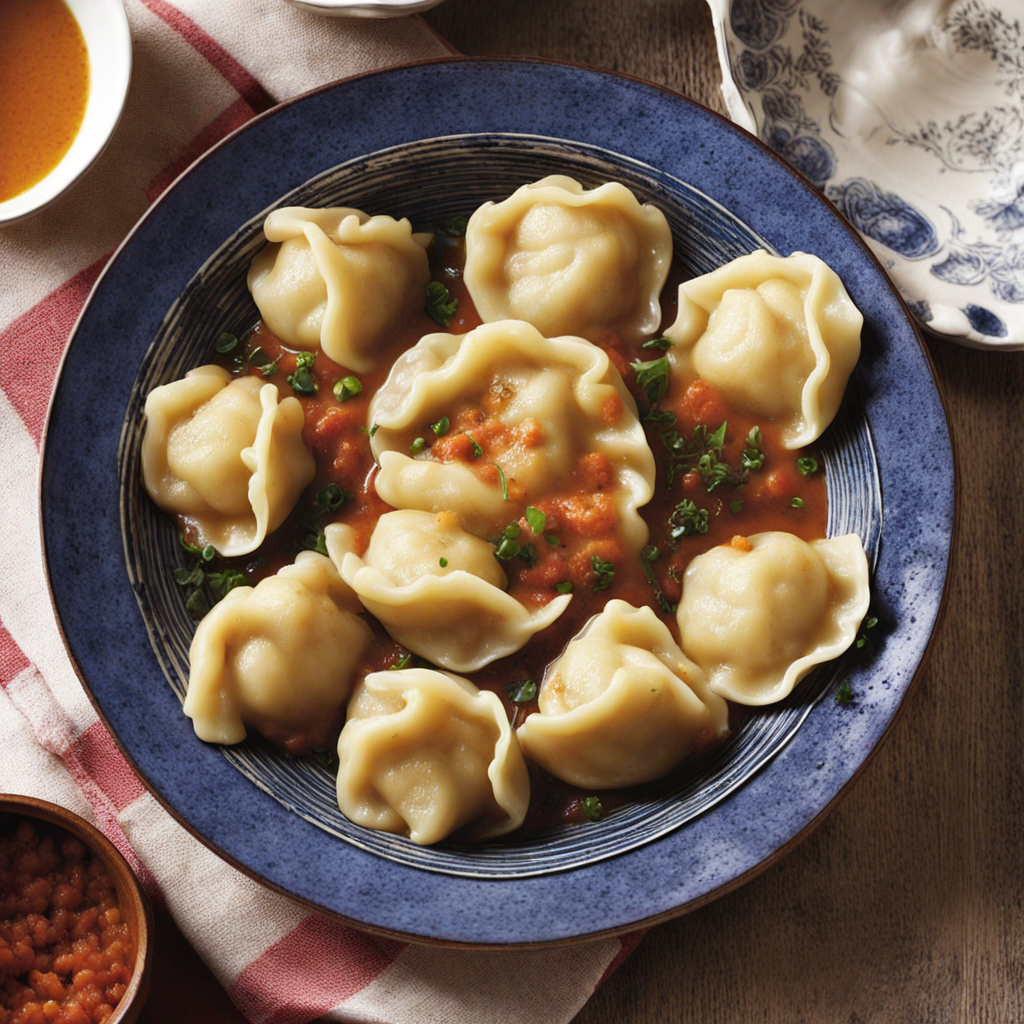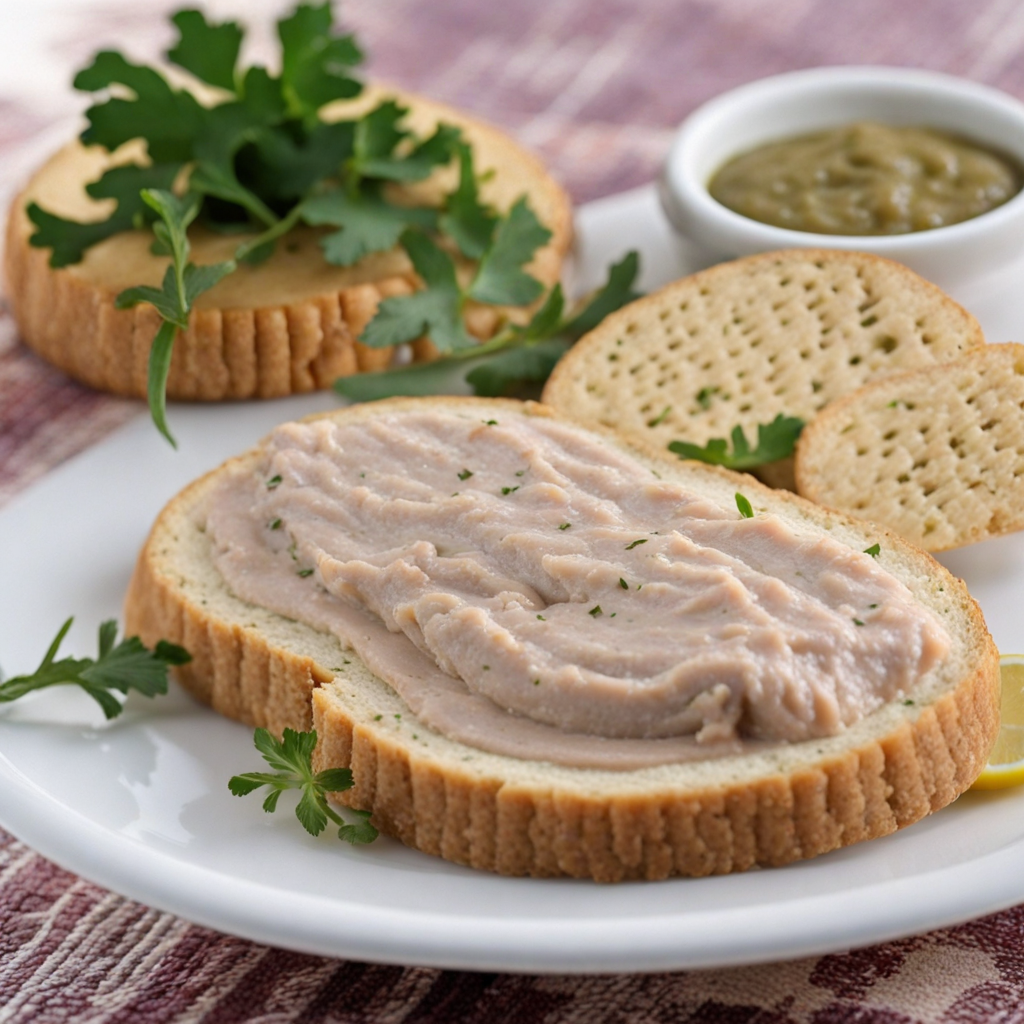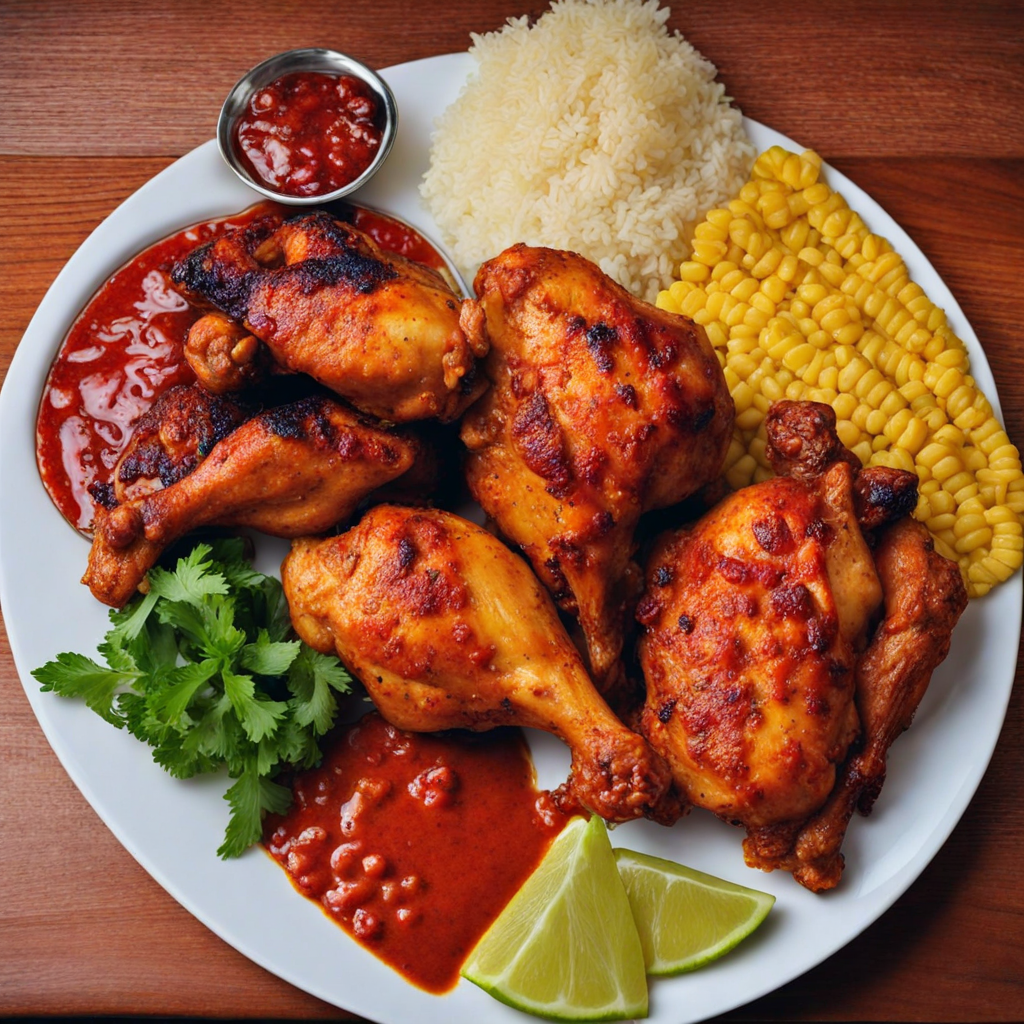Souskluitjies
Souskluitjies are a delightful South African dish, often categorized as a type of dumpling, that brings a unique taste experience to the table. Traditionally made from a simple mixture of flour, water, and a pinch of salt, these dumplings are boiled until they become light and fluffy. The texture is reminiscent of gnocchi but with a distinctly South African flair. They are typically served in a rich, flavorful broth or stew, which enhances their taste and adds a heartwarming quality to the dish. The broth can vary widely, often infused with spices, herbs, and vegetables like carrots and onions, creating a comforting bowl that embodies the essence of home cooking. In many regions, Souskluitjies are paired with proteins such as beef, chicken, or lamb, allowing the dumplings to soak up the savory juices and flavors of the meat. The combination of the tender dumplings and the hearty stew creates a satisfying meal that is both filling and flavorful. Some variations may include the addition of spices like paprika or curry powder, giving the dish a subtle kick that complements the soft, pillowy dumplings. The versatility of Souskluitjies makes them a beloved comfort food, perfect for family gatherings or cozy evenings. This dish is more than just a meal; it is a representation of South African culture and culinary heritage. Often served at festive occasions or family celebrations, Souskluitjies evoke memories of shared meals and laughter around the dining table. With every bite, you’ll experience the warmth of the ingredients and the love that goes into cooking this traditional dish. For those looking to explore new tastes, Souskluitjies offer an inviting introduction to the diverse and rich flavors that South Africa has to offer.
How It Became This Dish
The History of Souskluitjies: A Culinary Journey Through South Africa #### Origins and Cultural Significance Souskluitjies, a traditional South African dish, is a delightful representation of the country’s rich culinary heritage, blending indigenous flavors with influences from various cultures. The term 'souskluitjies' derives from the Afrikaans language, where 'sous' means sauce and 'kluitjies' refers to dumplings or small balls. This dish is essentially a sweet dumpling, typically made from flour, sugar, and baking powder, and cooked in a syrupy sauce, often flavored with spices such as cinnamon and nutmeg. The origins of souskluitjies can be traced back to the Dutch settlers in the 17th century, who brought with them traditional recipes and cooking techniques. As they settled in the Cape, they interacted with indigenous Khoisan peoples and later with enslaved individuals from various parts of Africa and Asia, leading to a fusion of culinary practices. The use of local ingredients and the adaptation of European recipes to accommodate available resources were instrumental in shaping what would become souskluitjies. The dish holds a special place in South African culture, often associated with family gatherings, celebrations, and religious occasions. It is a comfort food, evoking nostalgia among many who grew up with it. The preparation of souskluitjies often becomes a communal activity, strengthening familial bonds and cultural ties. #### Ingredients and Preparation Traditionally, souskluitjies are simple in terms of ingredients, primarily consisting of flour, sugar, baking powder, and water or milk. The dumplings are boiled in a sweet syrup, typically made from sugar, water, and aromatic spices. The addition of butter or margarine can enhance the flavor and texture of the dumplings, making them soft and tender. The cooking method is what makes souskluitjies unique. Unlike other dumpling recipes that may involve frying or baking, souskluitjies are gently simmered in syrup, allowing them to absorb the sweetness and spices, creating a delightful contrast between the light, fluffy dumpling and the rich, sticky sauce. #### Evolution Over Time As South Africa evolved through colonization, apartheid, and the eventual emergence of a democratic society, so too did souskluitjies. The dish has undergone various transformations, reflecting the diverse influences that shaped the nation’s culinary landscape. In the early 20th century, souskluitjies began to gain popularity among the broader South African population. As the country became more industrialized, the dish was adapted to suit modern cooking methods and the availability of ingredients. The advent of processed foods and the introduction of convenience cooking saw the emergence of instant mixes for souskluitjies, allowing for quicker preparation while maintaining the essence of the traditional recipe. Additionally, the dish has been embraced by various cultural groups in South Africa, each adding their unique twist. For example, some communities incorporate maize flour as a nod to indigenous grain usage, while others may use coconut or condensed milk in the syrup to infuse local flavors. These adaptations highlight the versatility of souskluitjies and its ability to transcend cultural boundaries. #### Souskluitjies in Contemporary South Africa In contemporary South Africa, souskluitjies enjoys a renaissance as chefs and home cooks alike revisit traditional recipes, seeking to reconnect with their roots in an increasingly globalized world. The rise of food tourism and interest in traditional South African cuisine has brought souskluitjies back into the culinary spotlight. Food festivals, cooking classes, and cultural showcases often feature this dish, allowing both locals and visitors to appreciate its history and flavors. Moreover, souskluitjies have found their way into the modern café and restaurant scene, often served as a dessert or a comforting snack. Some innovative chefs have reimagined the dish, pairing it with contemporary elements like ice cream, fresh fruit, or gourmet sauces, thus bridging the gap between traditional and modern culinary practices. #### Souskluitjies and Identity Souskluitjies is not merely a dish but a symbol of South African identity, reflecting the country’s complex history and the blending of cultures. In a society marked by diversity, food becomes a means of expression and connection. Souskluitjies, with its humble ingredients and comforting flavors, serves as a reminder of home, family, and the shared experiences that bind communities together. For many South Africans, preparing and sharing souskluitjies is an act of cultural preservation, a way to honor the past while nurturing the present. It evokes memories of family gatherings, festive celebrations, and the warmth of shared meals, making it an integral part of the country’s culinary narrative. #### Conclusion In conclusion, souskluitjies is a dish that encapsulates the essence of South Africa’s culinary journey. From its Dutch colonial roots to its place in modern South African kitchens, souskluitjies is a testament to the country’s ability to adapt and evolve while honoring its rich heritage. As a beloved comfort food, it continues to be a source of joy, nostalgia, and cultural significance, reminding us of the power of food to connect people across generations and backgrounds. As South Africa moves forward, souskluitjies remains a cherished dish, embodying the spirit of resilience, innovation, and unity that characterizes the nation’s vibrant culinary landscape. Whether enjoyed in a traditional setting or as part of a modern culinary experience, souskluitjies will undoubtedly continue to delight palates and warm hearts for generations to come.
You may like
Discover local flavors from South Africa







